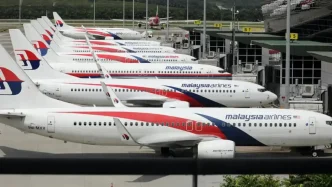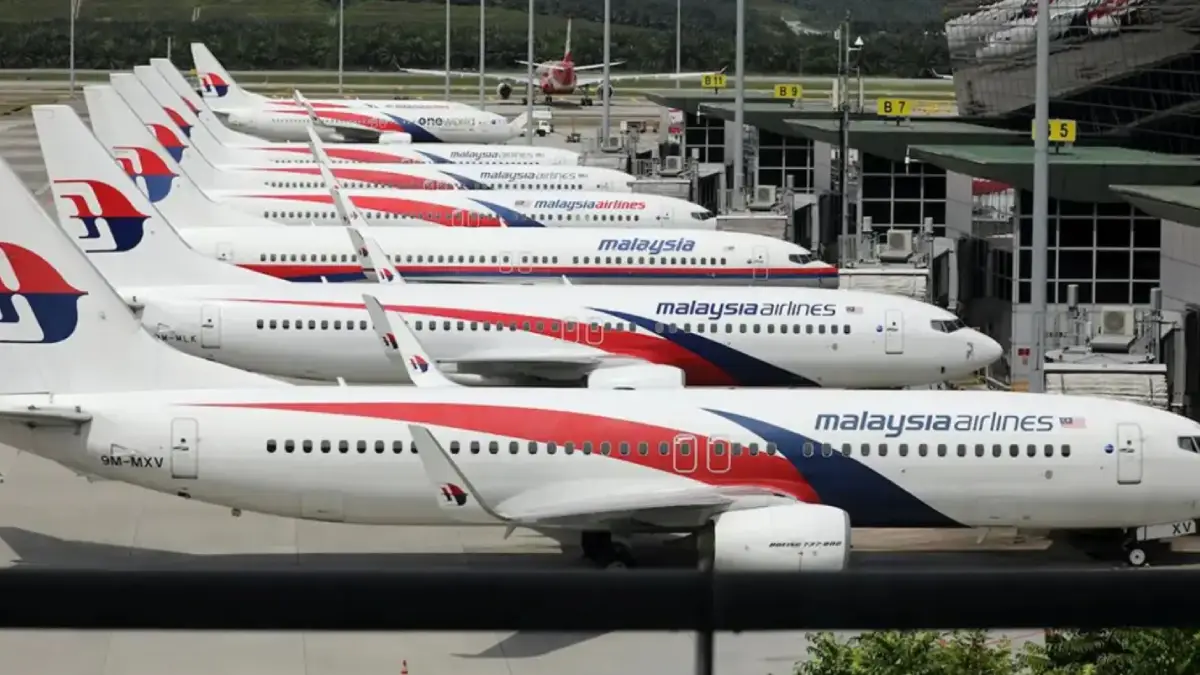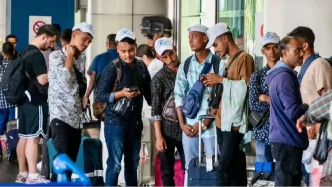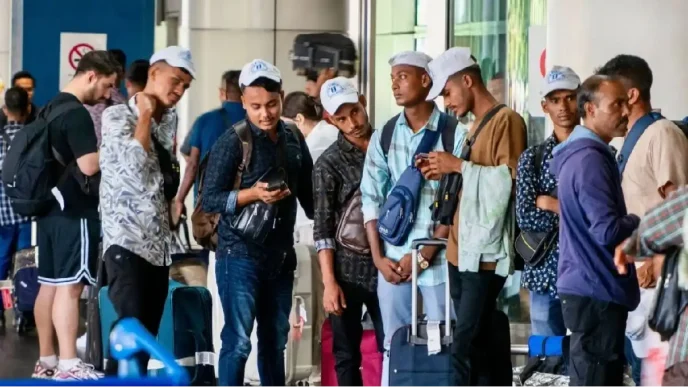Kuala Lumpur International Airport (KLIA) Terminal 1, a key gateway to Malaysia, has rolled out a RM30 million (~US$6.4 million) upgrade in the first half of 2025, introducing 14 innovative initiatives aimed at transforming the passenger experience. With a focus on efficiency, accessibility, and cultural charm, these enhancements arrive as Malaysia gears up to host the 47th Asean Summit in October and promotes its Visit Malaysia 2026 campaign. The upgrades reflect a broader ambition to position KLIA as a leading international hub in the region.
A Strategic Overhaul for a Growing Hub
KLIA Terminal 1, located in Sepang just outside Kuala Lumpur, welcomed 30.1 million passengers in the first half of 2025, a 9.9% increase from the same period in 2024. This surge underscores the urgency of the upgrades, which aim to streamline operations and elevate service standards. Abd Hasman Abd Muhimim, General Manager of Operations for KLIA Terminal 1, emphasized the airport’s commitment to reducing queuing times and enhancing efficiency at every passenger touchpoint. Speaking to reporters on July 14, 2025, he stated, “Our aim is to reduce queuing times and improve operational efficiency at every touchpoint. We continuously assess current needs and will expand facilities wherever necessary to ensure KLIA delivers the best possible service.”
The timing of these improvements is no coincidence. With Malaysia preparing to host a major regional event and pushing tourism initiatives, KLIA’s transformation is a critical piece of the nation’s strategy to attract international visitors and solidify its reputation as a travel-friendly destination. The upgrades span a wide range of areas, from emergency response and accessibility to cultural aesthetics and technological advancements, each designed to address the diverse needs of modern travelers.
Emergency Response and Passenger Safety
One of the standout features of the upgrade is the introduction of paramedics on e-scooters, a novel approach to emergency response within the terminal. Stationed at strategic points in the main and satellite terminals, these scooters are equipped with oxygen tanks, trauma kits, and automated external defibrillators (AEDs). According to Abd Hasman, well-trained paramedics can now reach any incident within three minutes, addressing emergencies ranging from cardiac arrests to minor injuries. This rapid response capability marks a significant improvement in passenger safety, ensuring that critical care is just moments away.
This initiative reflects a growing recognition of the importance of health and safety in high-traffic environments like airports. As passenger numbers continue to rise, such measures provide reassurance to travelers and set a benchmark for other regional hubs to follow.
Family-Friendly and Accessibility Enhancements
KLIA has also prioritized inclusivity with several family-oriented and accessibility-focused upgrades. A notable change is the conversion of 54 standard parking bays into 36 family-friendly spaces across various levels of the short-term car park. This adjustment responds to the increasing number of families passing through the airport, offering greater convenience and tailored facilities.
For passengers with mobility challenges, Malaysia Airports Holdings Berhad (MAHB) has introduced 100 new wheelchairs, with 50 already available free of charge at key locations in the terminal. Additionally, 80 washrooms have been transformed into fully integrated accessible facilities, featuring wider entrances, sensor taps, grab bars, and emergency call buttons positioned at floor level. Abd Hasman highlighted that accessibility and inclusion remain central to the airport’s improvement strategy, reinforcing KLIA’s reputation as a family- and disability-friendly hub.
These efforts demonstrate a commitment to ensuring that all passengers, regardless of physical ability or family status, can navigate the airport with ease and dignity. Such inclusivity not only enhances the travel experience but also aligns with global standards for accessible infrastructure.
Streamlined Operations and Technology
Operational efficiency has been a key focus of the upgrades, with several initiatives aimed at reducing wait times and improving passenger processing. A trial mobile bag-drop system has been introduced, capable of handling ten times more luggage than traditional counters. At the domestic security checkpoint, enhanced tray lanes and unpack/repack zones have doubled screening capacity to 1,500 passengers per hour, cutting wait times to under five minutes.
Self-service options have also expanded, with nine automated boarding pass scanners now operational at international airside entry points, up from six manual lanes. This shift to contactless processing reflects a broader trend toward automation in airport operations, offering travelers a faster and more seamless experience. Additionally, two new immigration priority counters cater to families with young children, the elderly, expectant mothers, and passengers with reduced mobility, supported by clearer signage for easier access.
Even smaller details, such as the replacement of 5,000 outdated baggage trolleys with lighter, more stable models featuring strap-free handles and built-in brakes, contribute to a smoother journey. These cumulative changes highlight KLIA’s dedication to refining every aspect of the passenger experience through practical and technological innovation.
Cultural Identity and Passenger Comfort
Beyond functionality, the upgrades also aim to enrich the terminal’s ambience and celebrate Malaysian heritage. New wall installations with heritage themes showcase the nation’s cultural identity, transforming public spaces into visually engaging areas. Wayfinding at Aerotrain stations has been improved to help passengers navigate the sprawling terminal more easily, while a revitalized Kids Zone at Gate C30 features an orangutan-themed playground, providing a fun and interactive space for children.
These aesthetic and recreational enhancements create a welcoming environment, offering travelers a glimpse of Malaysia’s rich culture while addressing practical needs like family entertainment. For many, these touches turn a routine transit into a more memorable and enjoyable experience, aligning with the goals of the Visit Malaysia 2026 campaign.
Looking Ahead: A Hub for the Future
The RM30 million investment in KLIA Terminal 1 is more than a facelift; it’s a statement of intent. As Malaysia positions itself as a central player in regional diplomacy and tourism, the airport’s role as a first point of contact for millions of visitors cannot be overstated. The upgrades address immediate needs—such as rising passenger numbers and the demand for faster, safer travel—while laying the groundwork for future growth.
Yet, challenges remain. Sustaining these improvements amidst increasing traffic and maintaining the balance between efficiency and personalized service will test MAHB’s long-term strategy. As KLIA continues to evolve, its ability to adapt to emerging trends and passenger expectations will determine whether it can truly claim the title of a world-class hub.
For now, travelers passing through Terminal 1 can expect a smarter, more inclusive, and culturally vibrant experience. With the Asean Summit on the horizon and tourism campaigns in full swing, KLIA’s transformation signals Malaysia’s readiness to welcome the world.
















